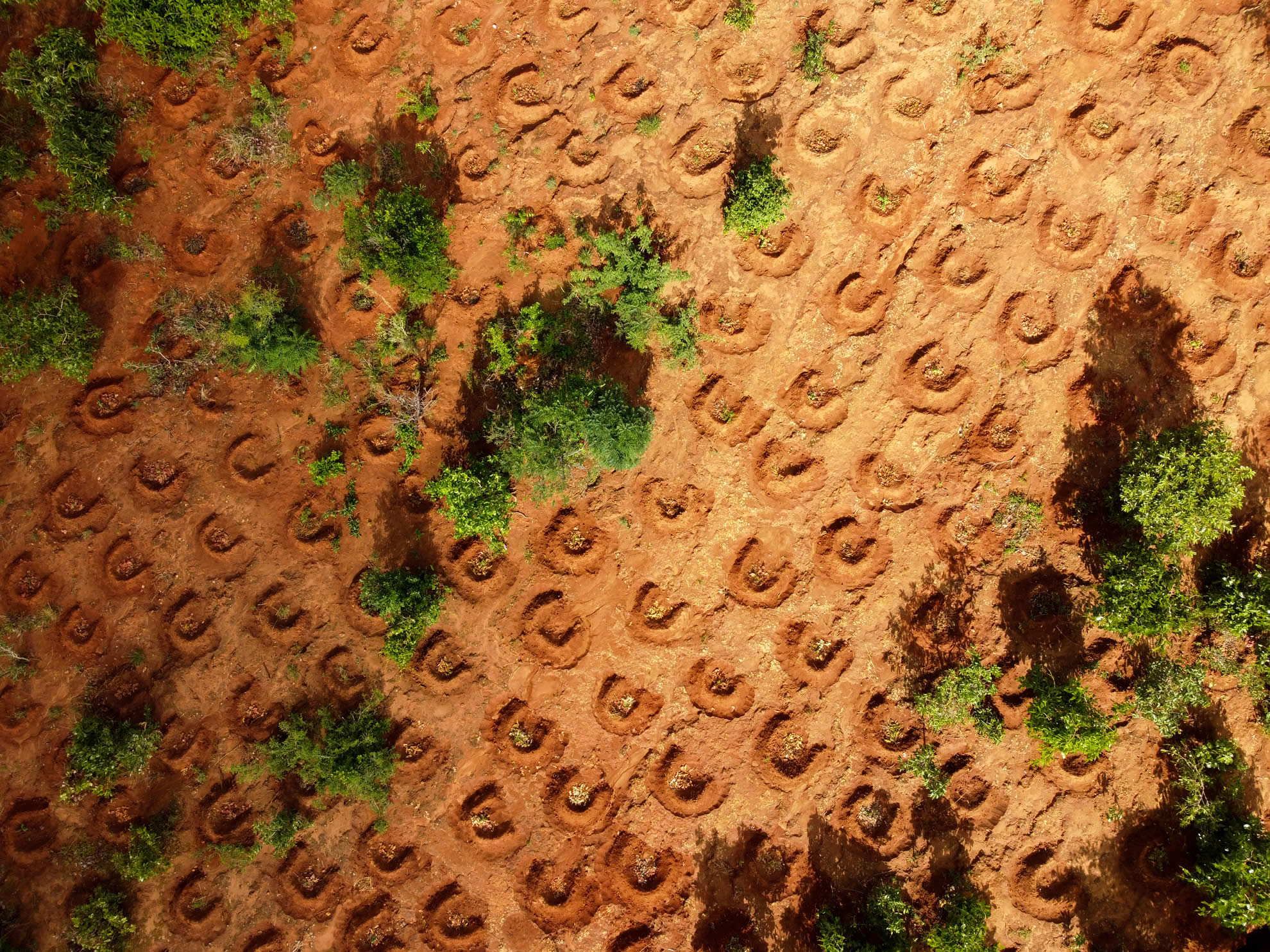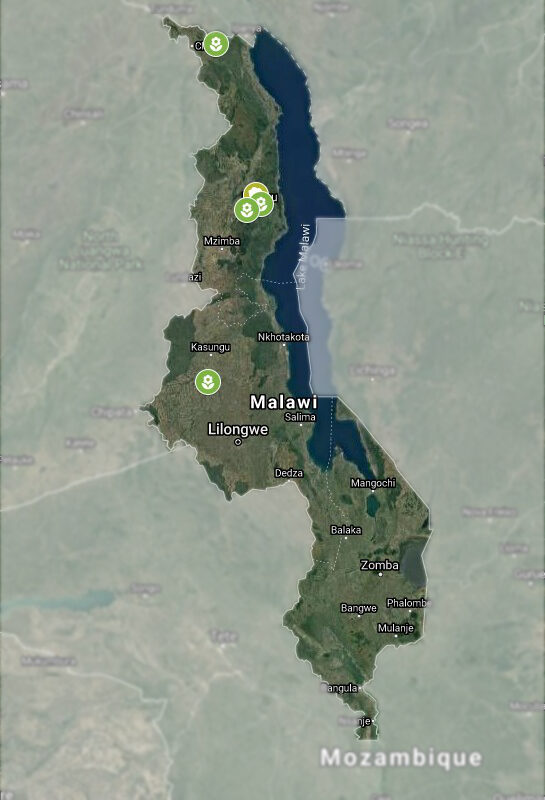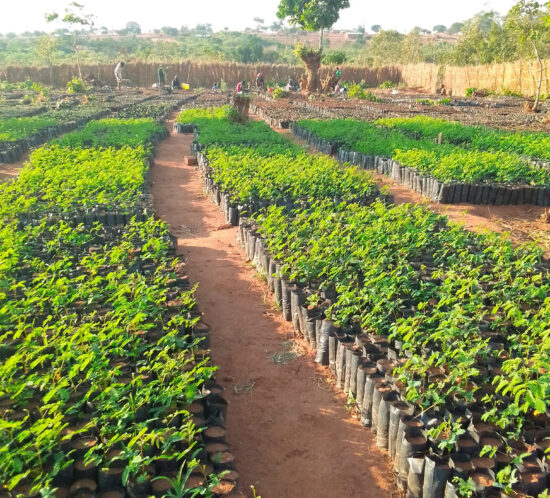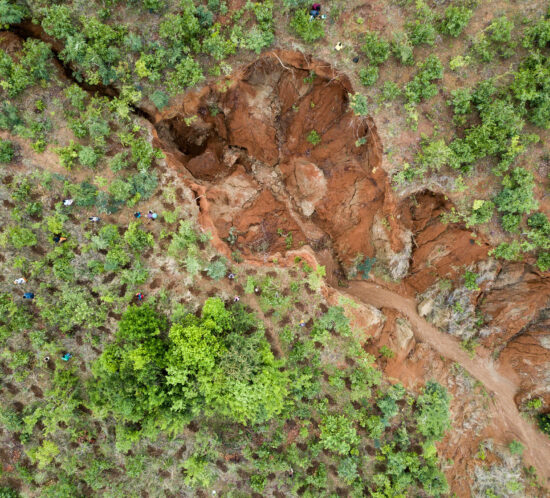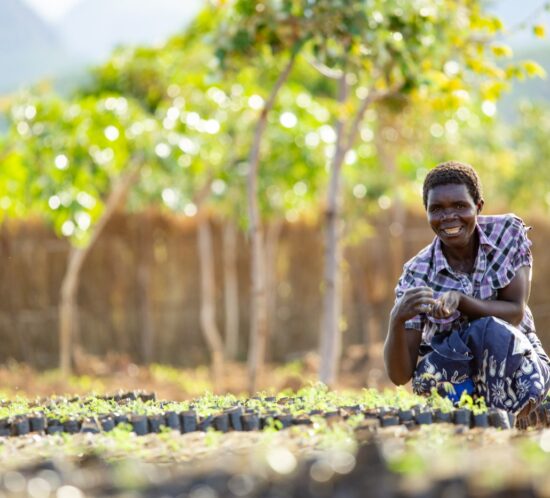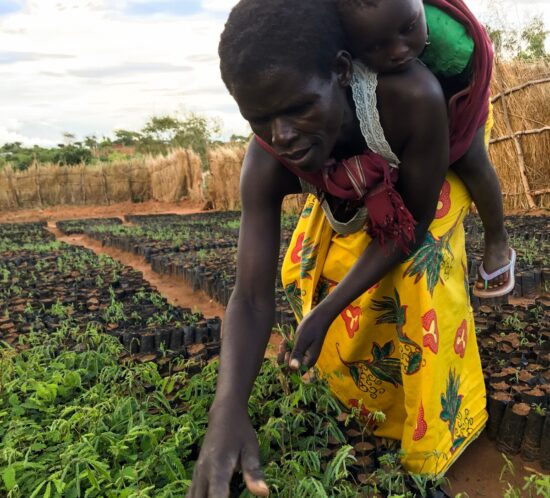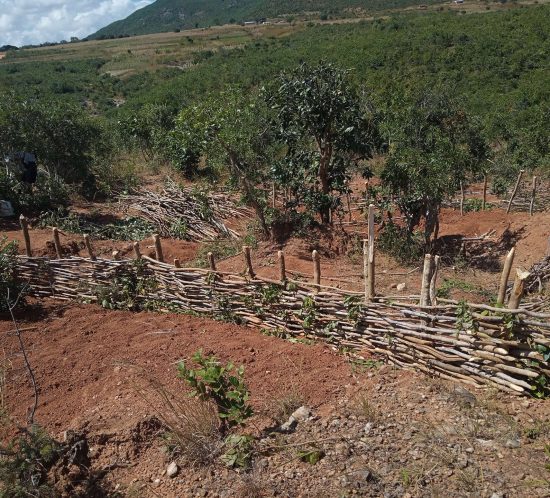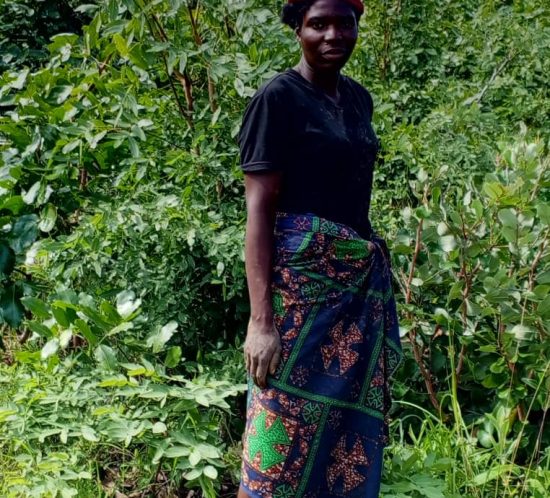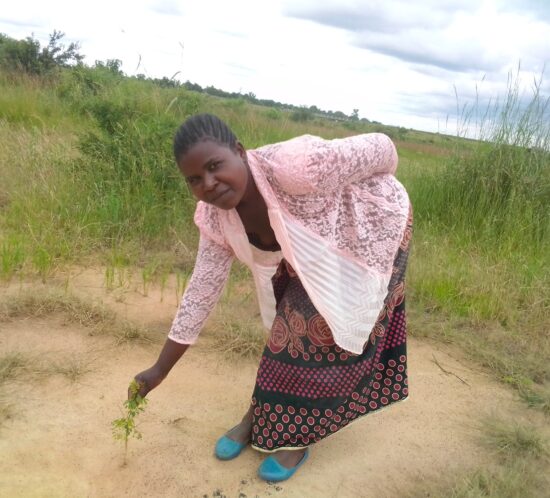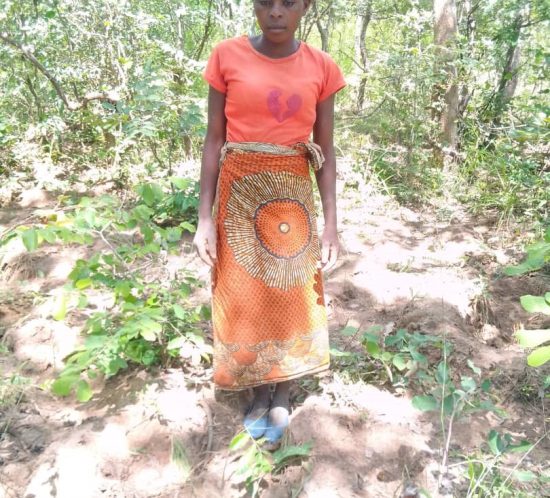For the 2021-2022 planting season…
Wells for Zoë engaged many communities to plant seedlings grown in nearby nurseries on land chosen by them in their locale.
We did this in Enyezini with new funding from AFR100; we were one of the first organisations to be chosen for this prestigious support as announced at COP20 (photos of our project are all over their websites). We had continued support from Ecosia and One Tree Planted in other areas. Donors from the Plant for the Planet / Trillion Tree Campaign website and directly from our website also helped fund various planting and the associated Land Restoration efforts.
As we pointed out last Season, our project initially aimed to reward community members by distributing fruit tree seedlings cultivated at the WfZ Organic Sustainable farm in Lusangazi, near Mzuzu. However, we soon encountered challenges with this including transporting these seedlings, and it became apparent that the community desired a more tangible incentive – money. This financial support was crucial for them to lead secure lives without the constant struggle for daily sustenance, allowing them to dedicate time to tree planting. The communities we aimed to assist faced severe poverty, making it difficult for them to prioritise tree planting over immediate needs like growing maize during the planting season. To address this dilemma, we decided to employ and compensate them, ensuring they were fed while working. This approach proved successful, enabling us to raise millions of seedlings in the large-scale nurseries we setup in their communities, and contribute to the community’s well-being.



